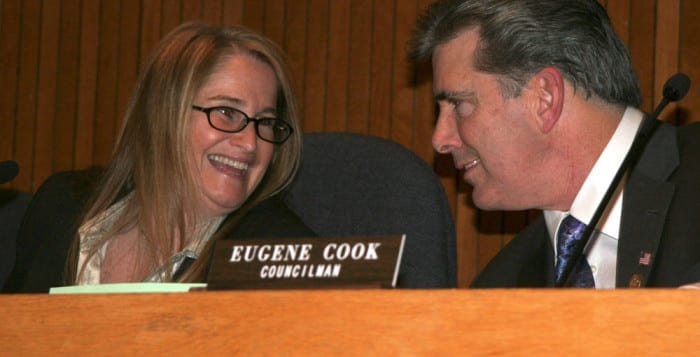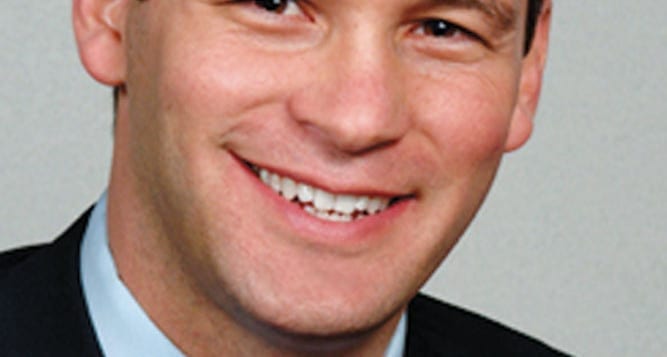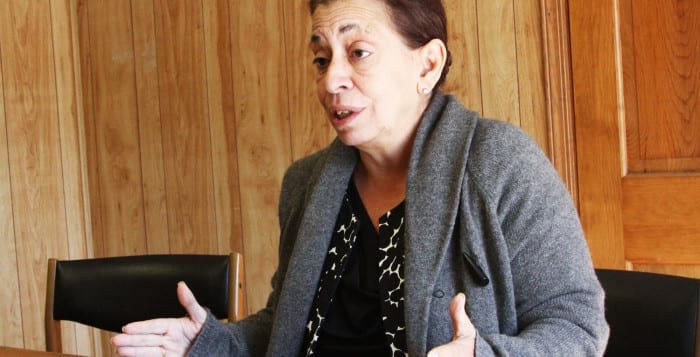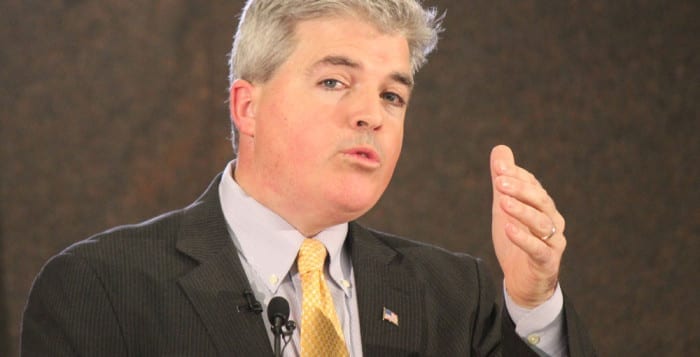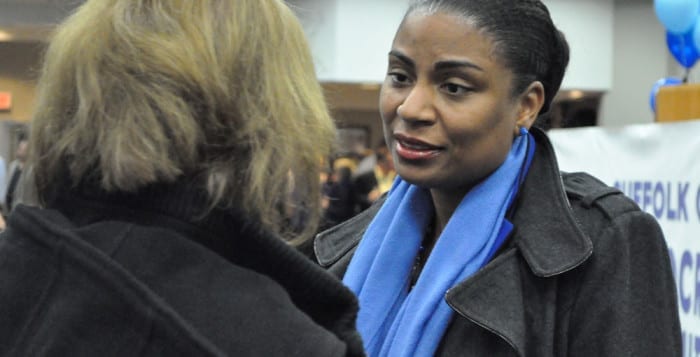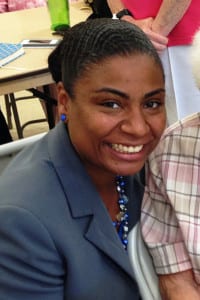By Susan Risoli
Everyone knows that Halloween treats are bad for children’s teeth. Or is that just a myth, perpetrated by parents who want to pilfer their kids’ candy stash?
With their mouths full of restorations, adults are the ones more likely than kids to experience post-Halloween dental problems, said Dr. Robert Branca D.D.S. It’s not unusual for adults to make an appointment at Sweetwater Dental Care in Hauppauge, where Branca practices, to take care of a cracked tooth, a lost crown or a missing filling caused by biting into hard or sticky candy. As far as kids go, Branca said, Halloween doesn’t so much affect the ongoing issue of tooth decay as much as the child’s genetic makeup and the texture of their teeth — smooth or pitted. To prevent cavities, he recommends that children get fluoride treatments and have their teeth sealed.
Energy drinks and soda are way worse for a young person’s teeth than once-a-year consumption of Halloween candy, Branca said.
“We see a big difference in tooth decay of young adults in their 20s,” since energy drinks became popular, he said, because the drinks are “very high in sugar, very high in acid. Those things are really bad for your teeth.”
If the child has braces, their parents can remind them to choose and eat their Halloween candy carefully. “Sticky things could be a problem,” he said.
When it came to raising his own kids, Dr. Branca said he practiced the “all things in moderation” approach. “I wasn’t going to take Halloween away from them. Let them have their fun,” he said. “But I wasn’t going to let them have candy every day, either.”
Young trick-or-treaters have healthier teeth than adults, said Dr. Roger Kleinman, D.D.S., so a little Halloween indulgence shouldn’t be bad for their dental health.
“Up until age 14 or 15, children tend to still have strong teeth,” he said. “Some of their adult teeth didn’t come in until they were 12. There hasn’t been a chance yet for adult decay to set in.” At the Gentle Dental office in Port Jefferson, he has treated his share of dental trauma caused by adults biting into candy — “broken teeth from a frozen caramel cluster, for example.” Dr. Kleinman recommends parents follow the usual advice about letting their kids eat only wrapped candies.
“And after they eat the candy they’re allowed to have, I would recommend that they go brush their teeth,” he advised.
Dr. Aimee Zopf, D.M.D., also a practitioner at Gentle Dental, isn’t likely to condemn Halloween. “That’s my birthday,” she said.
For the rest of us trick-or-treaters, as long as proper dental hygiene is practiced on a consistent, daily basis, Halloween shouldn’t pose a problem, she said. Eating candy won’t necessarily cause tooth decay “as long as you’re brushing and flossing and seeing your dentist every six months, or more frequently if needed,” Dr. Zopf said. She also reminded parents to check their kids’ Halloween candy not only to make sure it’s safely wrapped, but also to check that it doesn’t trigger any allergies the child might have.



